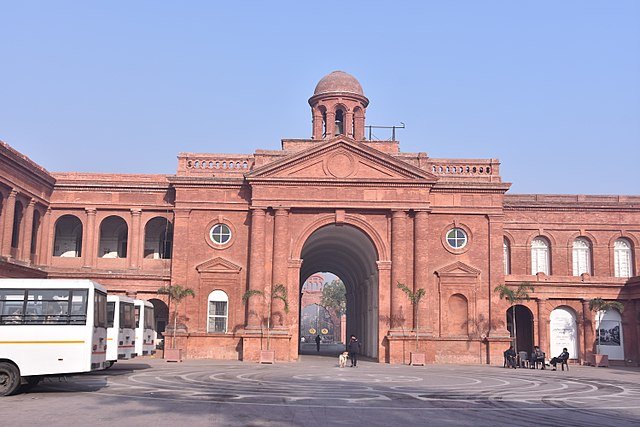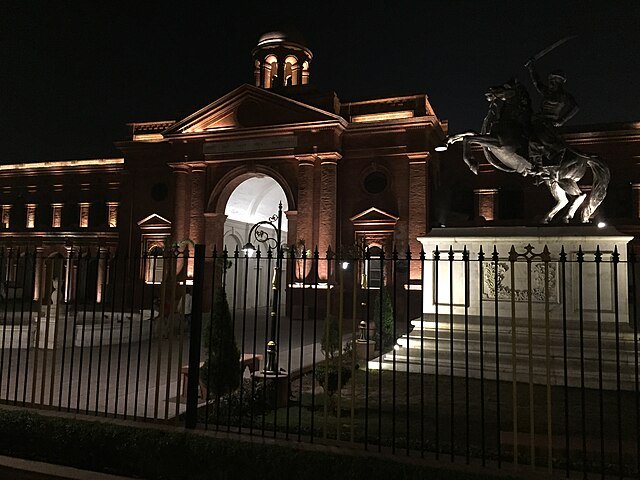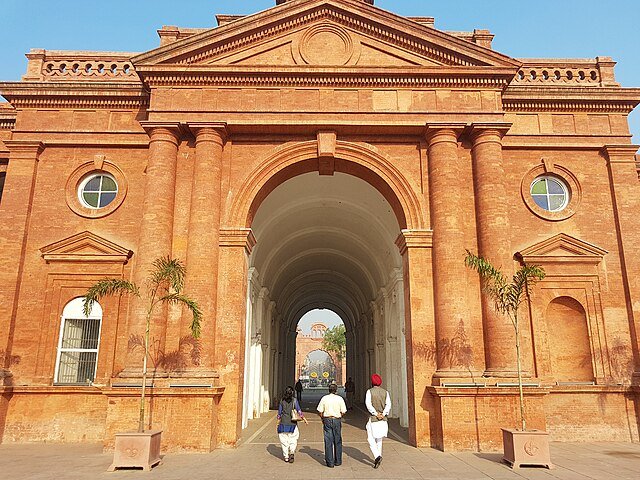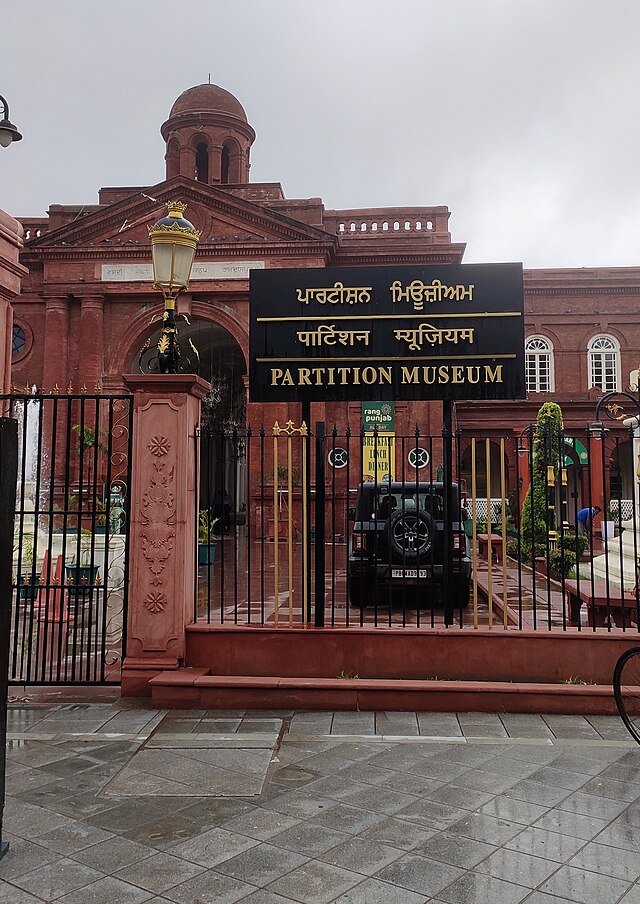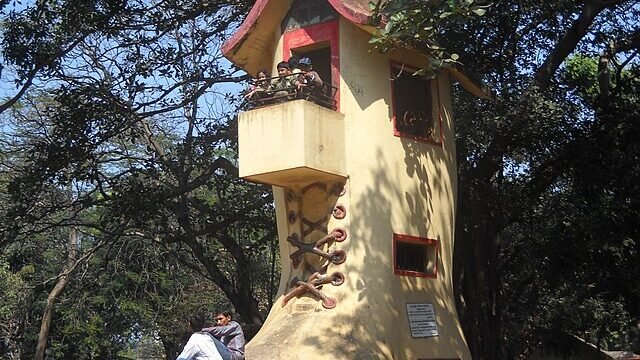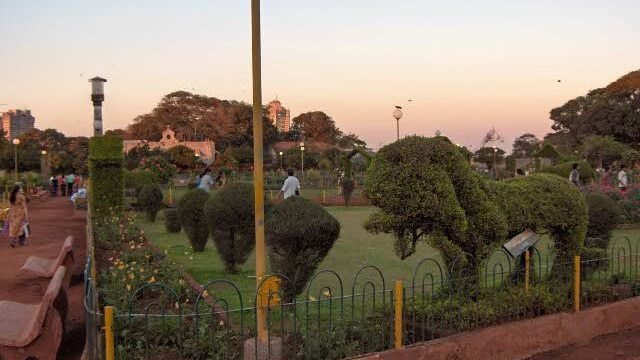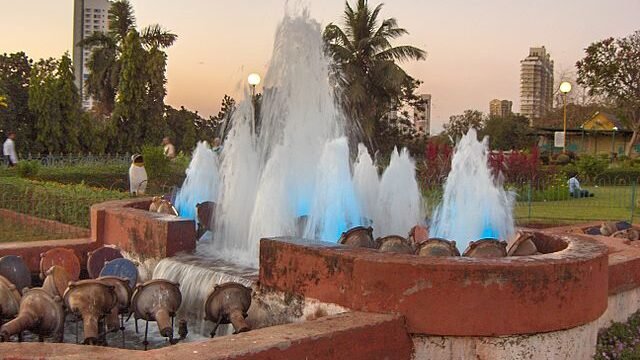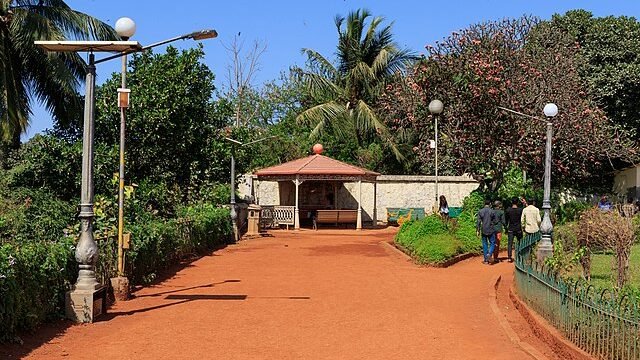Best Poignant Visit to the Partition Museum
Description
Amritsar is synonymous with the Golden Temple's spiritual embrace, but nestled within its vibrant heart lies a place that offers a different kind of profound experience: the Partition Museum. This isn't just a collection of artifacts; it's a meticulously curated space that allows you to walk through the heartbreaking, yet incredibly resilient, human story of the 1947 Partition of India. It's a "people's museum," built on the shared memories and donated belongings of those who lived through one of the largest mass migrations in human history.
As I entered the historic Town Hall building, where the Partition Museum is housed, a quiet reverence settled over me. The bustling streets outside faded, replaced by an atmosphere that encourages reflection, empathy, and understanding.
How to Reach Partition Museum:
The Partition Museum is incredibly accessible, located right at the beginning of Amritsar's Heritage Street, just a short stroll from the Golden Temple and Jallianwala Bagh.
- By Foot: If you're exploring the central heritage area, it's easily walkable from the Golden Temple.
- By Auto-rickshaw/Taxi: From the railway station or bus stand, a quick auto-rickshaw or taxi ride will get you there. Paid parking is available nearby.
History of Partition Museum:
The Partition Museum is the world's first museum dedicated to the 1947 Partition of India. It was inaugurated on August 17, 2017, coinciding with Partition Remembrance Day, the date when the actual boundaries of India and Pakistan were announced. Housed in the beautifully restored Town Hall building, which itself witnessed the tumult of 1947, the museum was conceived to provide a central repository for the stories, documents, and materials related to this cataclysmic event. It's an initiative by The Arts and Cultural Heritage Trust (TAACHT), aiming to ensure that the experiences of millions are never forgotten.
Things to Do:
Your visit to the Partition Museum is a journey through its 14 galleries, each offering a distinct perspective:
- Oral Histories: Listen to powerful video testimonies of survivors, their voices recounting loss, displacement, and resilience. This is arguably the most impactful part of the museum.
- Artifacts of Loss and Hope: See personal belongings – a worn suitcase, a lock and key, a child's toy – carried by refugees, each telling a silent story of a life uprooted and rebuilt.
- Archival Documents & Photographs: Examine original documents, newspaper clippings, and poignant photographs that capture the scale and human cost of the Partition.
- Recreated Spaces: Experience installations like a replica train station platform, evoking the desperate journeys undertaken by millions.
- The Well of Remembrance: A moving tribute to the women who lost their lives during the Partition.
- The Gallery of Hope: Conclude your visit by writing a message on a paper leaf for the 'Tree of Hope,' a symbolic act of collective healing and future aspirations.
Nearest Tourist Places:
The Partition Museum's central location means you can easily combine your visit with other iconic Amritsar landmarks:
- Golden Temple (Harmandir Sahib): The spiritual heart of Sikhism, a truly mesmerizing place.
- Jallianwala Bagh: The somber memorial to the 1919 massacre, just a stone's throw away.
- Gobindgarh Fort: A restored historical fort with cultural shows and museums.
- Durgiana Temple: A Hindu temple with architectural similarities to the Golden Temple.
- Wagah Border: The famous India-Pakistan border ceremony, a short drive from the city.
Significance:
The Partition Museum holds immense significance as the world's first and only museum dedicated to the 1947 Partition. It provides a crucial platform for remembrance, education, and reconciliation. By preserving the oral histories, personal artifacts, and narratives of survivors, it ensures that this defining moment in South Asian history, with its profound human impact, is not forgotten. It fosters empathy and understanding, serving as a powerful reminder of the consequences of division and the enduring strength of the human spirit in the face of adversity. It's a place where history comes alive, offering invaluable lessons for present and future generations.
Some FAQs:
- Is there an entry fee for the Partition Museum? Yes, there is a nominal entry fee. It's generally INR 10 for Indian nationals and INR 250 for foreign nationals. Children below 5 and Partition survivors have free entry.
- What are the opening hours? The museum is open from Tuesday to Sunday, typically from 10:00 AM to 6:00 PM. It is closed on Mondays and some public holidays.
- How much time should I allocate for a visit? It's recommended to allocate at least 1 to 2 hours to fully experience the museum and its exhibits.
- Is photography allowed? Yes, photography for personal use is generally allowed within the museum.
- Is the museum wheelchair friendly? Yes, the Partition Museum is wheelchair accessible, with a lift to access different floors and accessible restrooms.
Location
Review
Login to Write Your ReviewThere are no reviews yet.

